Fin-land: Haruka Misawa’s alluring aquariums
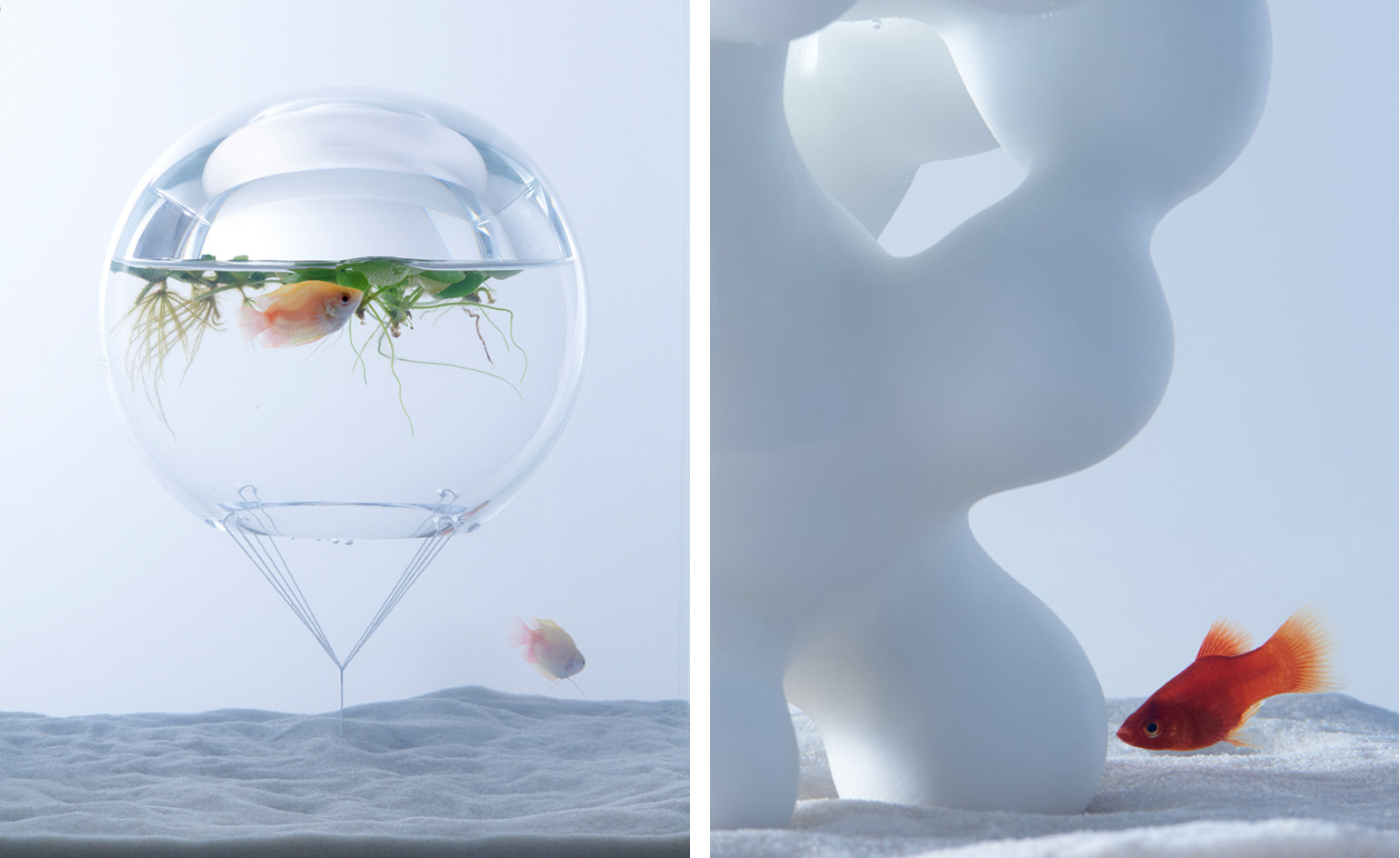
Why should humans have a monopoly on refinement? Enter: the contemporary aquarium. Haruka Misawa, formerly of nendo, takes us on a trip to fin-land with these stunning prototypes.
‘I’ve conducted countless small experiments, seeking to discover beyond just mere visual effects,’ Misawa writes of the design process. In one version, a submerged beaker becomes a tank within a tank, while the branched geometry of another calls to mind Sou Fujimoto’s Naoshima Pavilion.
Misawa has great respect for the life aquatic, using inorganic materials to mimic the organic– as well as anticipating feedback from the tanks’ tenants...with apparent success.
‘I will never forget the nervousness and excitement that I felt when I was putting fish and shrimps in the tank for the first time after the piece was completed,’ Misawa explains, ‘After a while, the shrimps began resting on the step-like branch structures, and followed by circling around the branches and floating up and down. When I saw this, I began to imagine that ‘they are in complete understanding of the purpose of my design.’’
Smart fish, those.
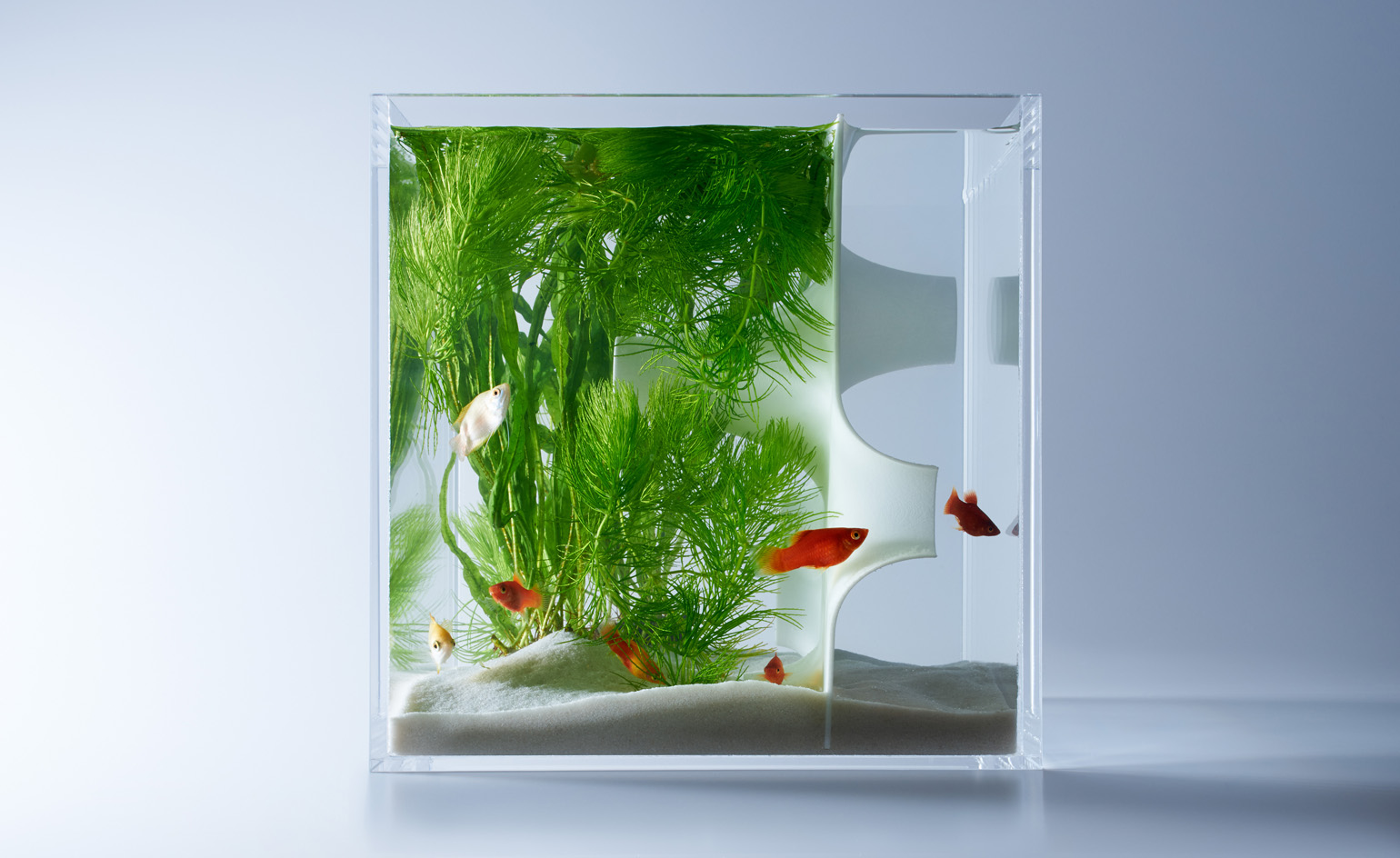
‘I’ve conducted countless small experiments, seeking to discover beyond just mere visual effects,’ Misawa writes of the design process.
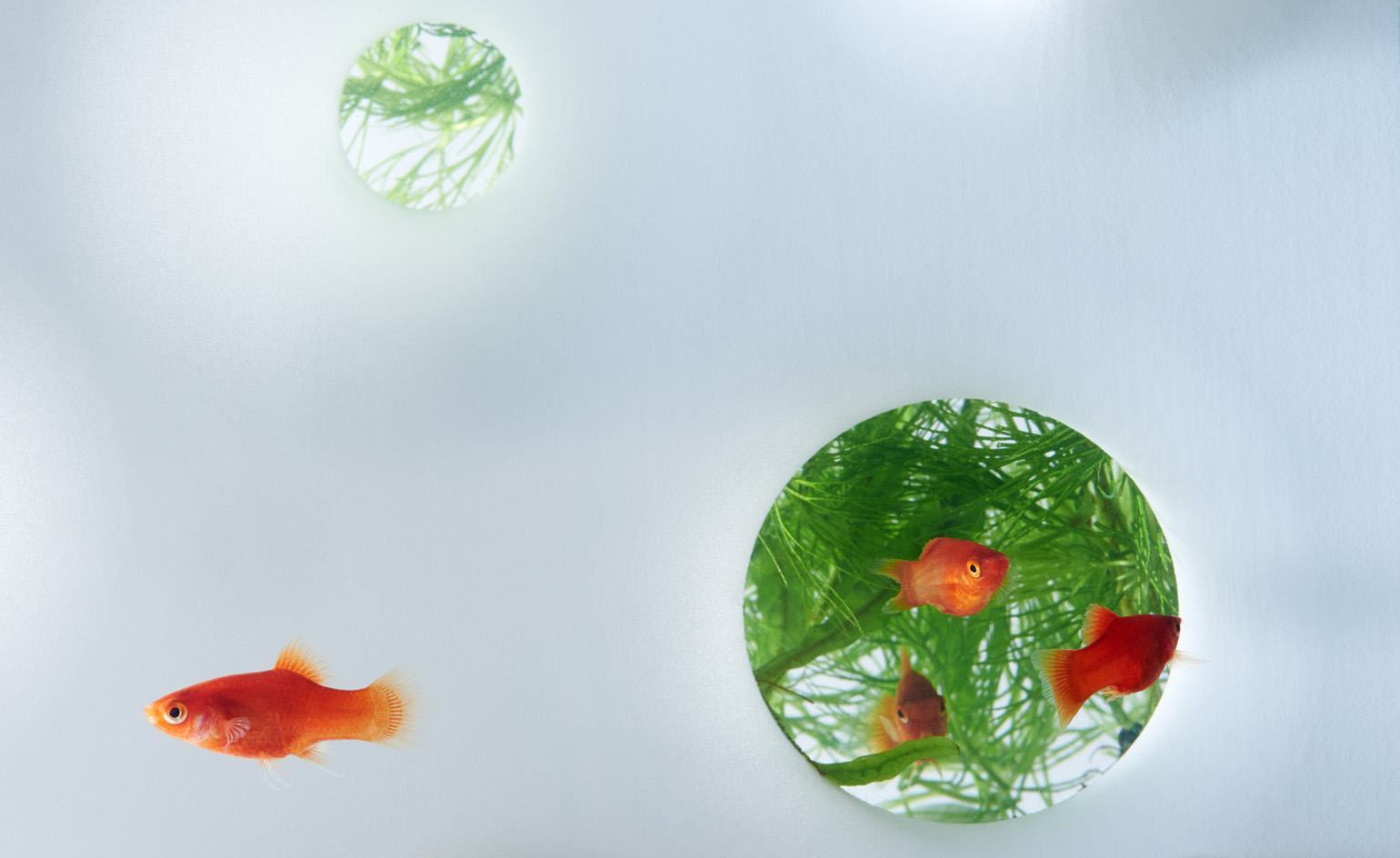
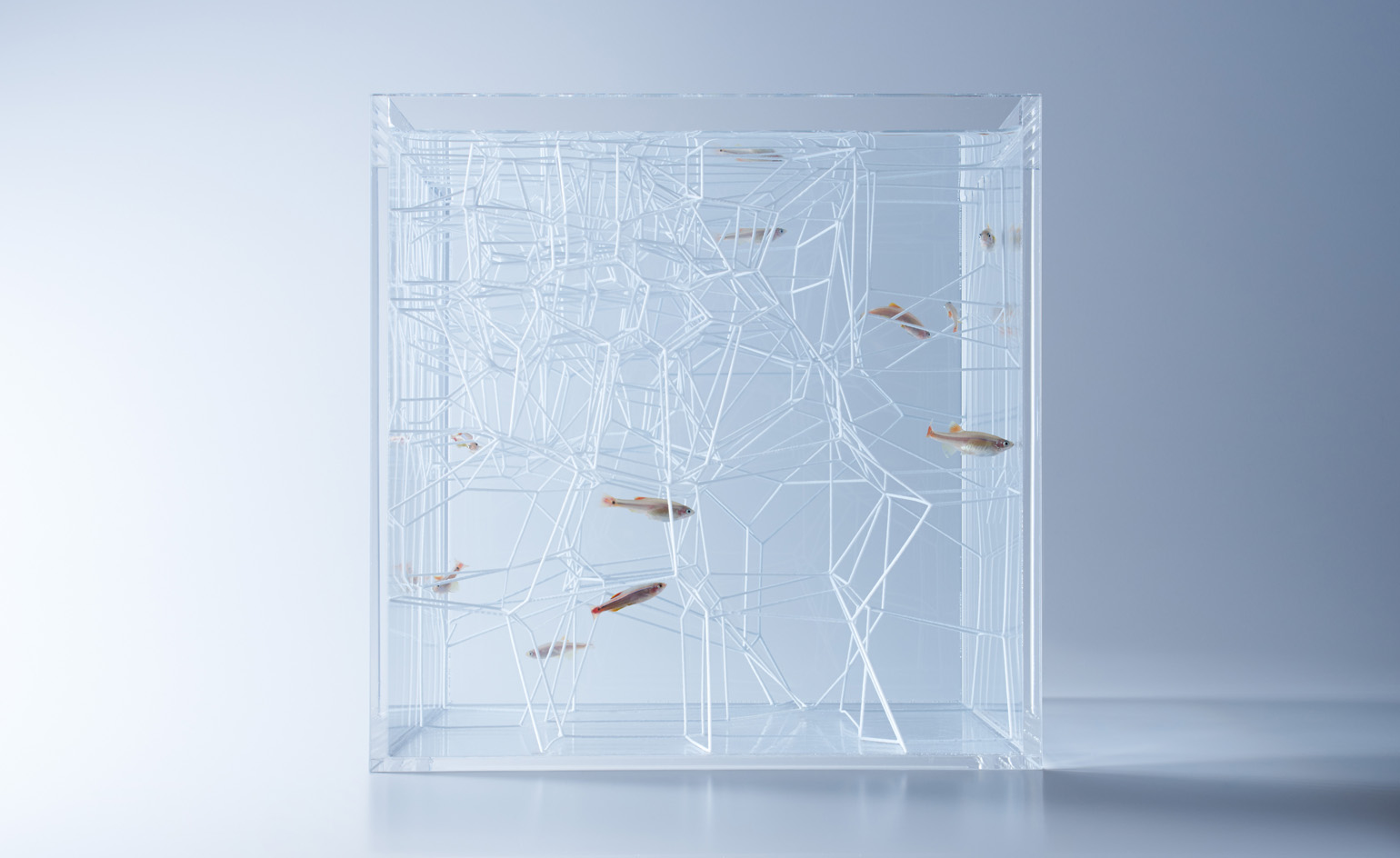
The branched geometry of one tank calls to mind Sou Fujimoto’s Naoshima Pavilion.
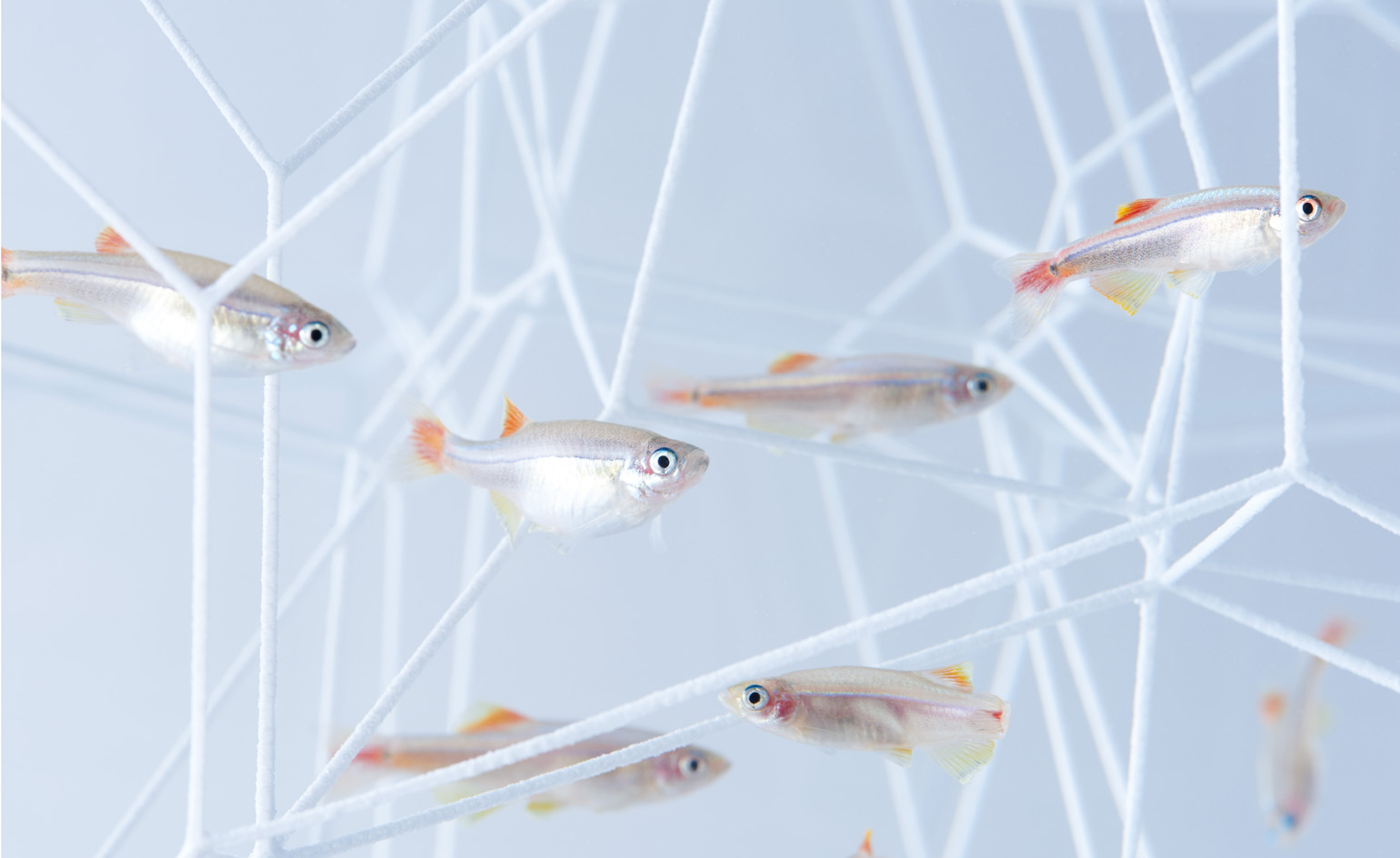

Receive our daily digest of inspiration, escapism and design stories from around the world direct to your inbox.
-
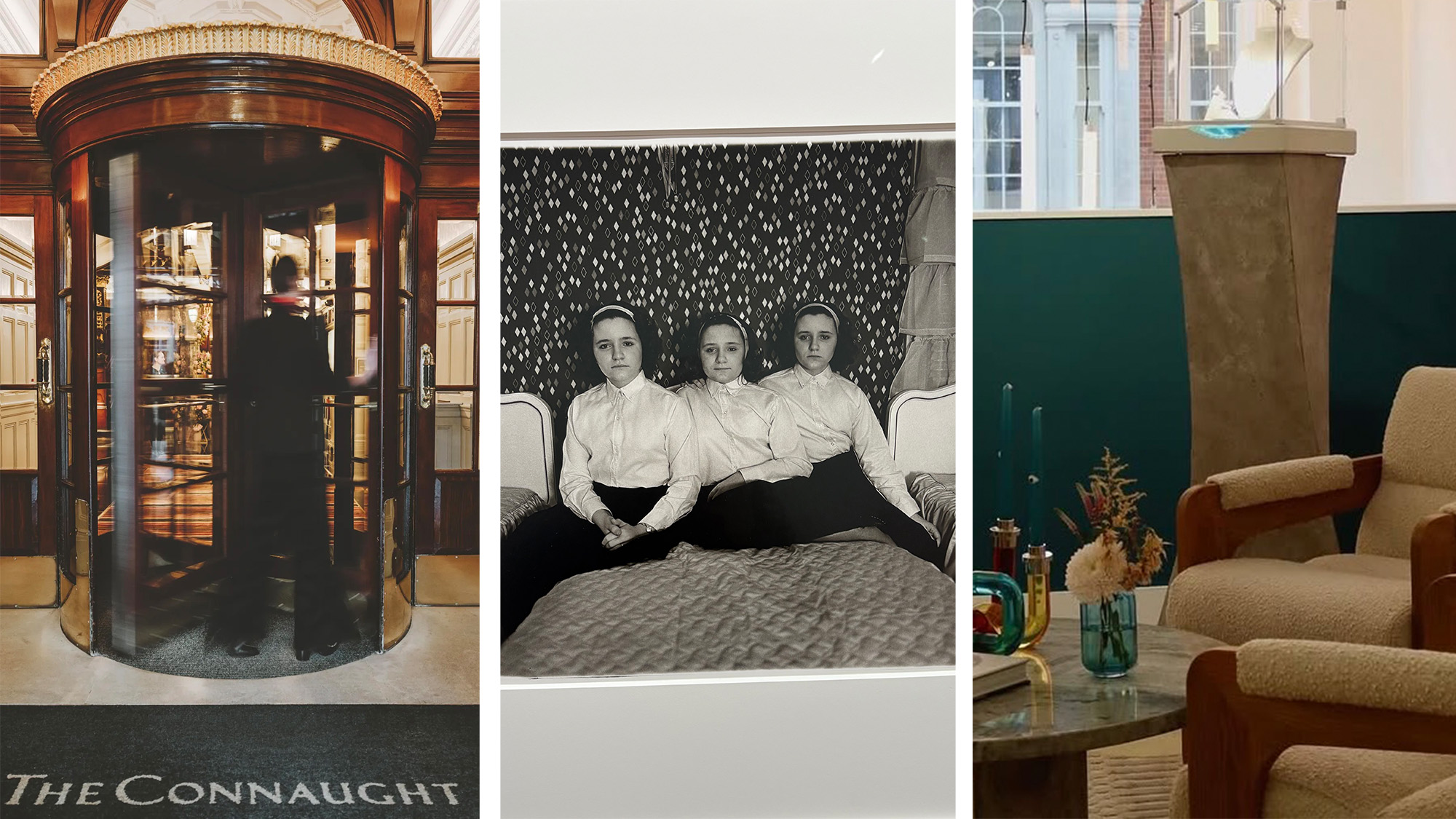 Out of office: The Wallpaper* editors’ picks of the week
Out of office: The Wallpaper* editors’ picks of the weekThis week, the Wallpaper* editors curated a diverse mix of experiences, from meeting diamond entrepreneurs and exploring perfume exhibitions to indulging in the the spectacle of a Middle Eastern Christmas
-
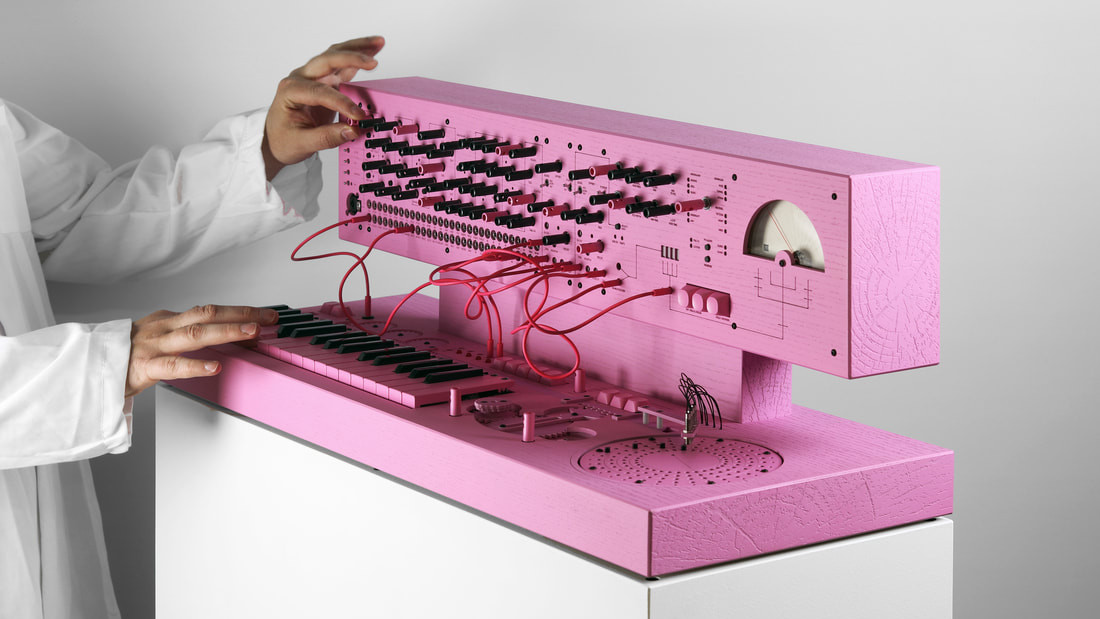 Love Hultén’s new book of audio experiments is weird and wonderful
Love Hultén’s new book of audio experiments is weird and wonderful‘Love Hultén: Works II’ assembles the latest eccentric sonic creations from the Swedish artist and instrument maker
-
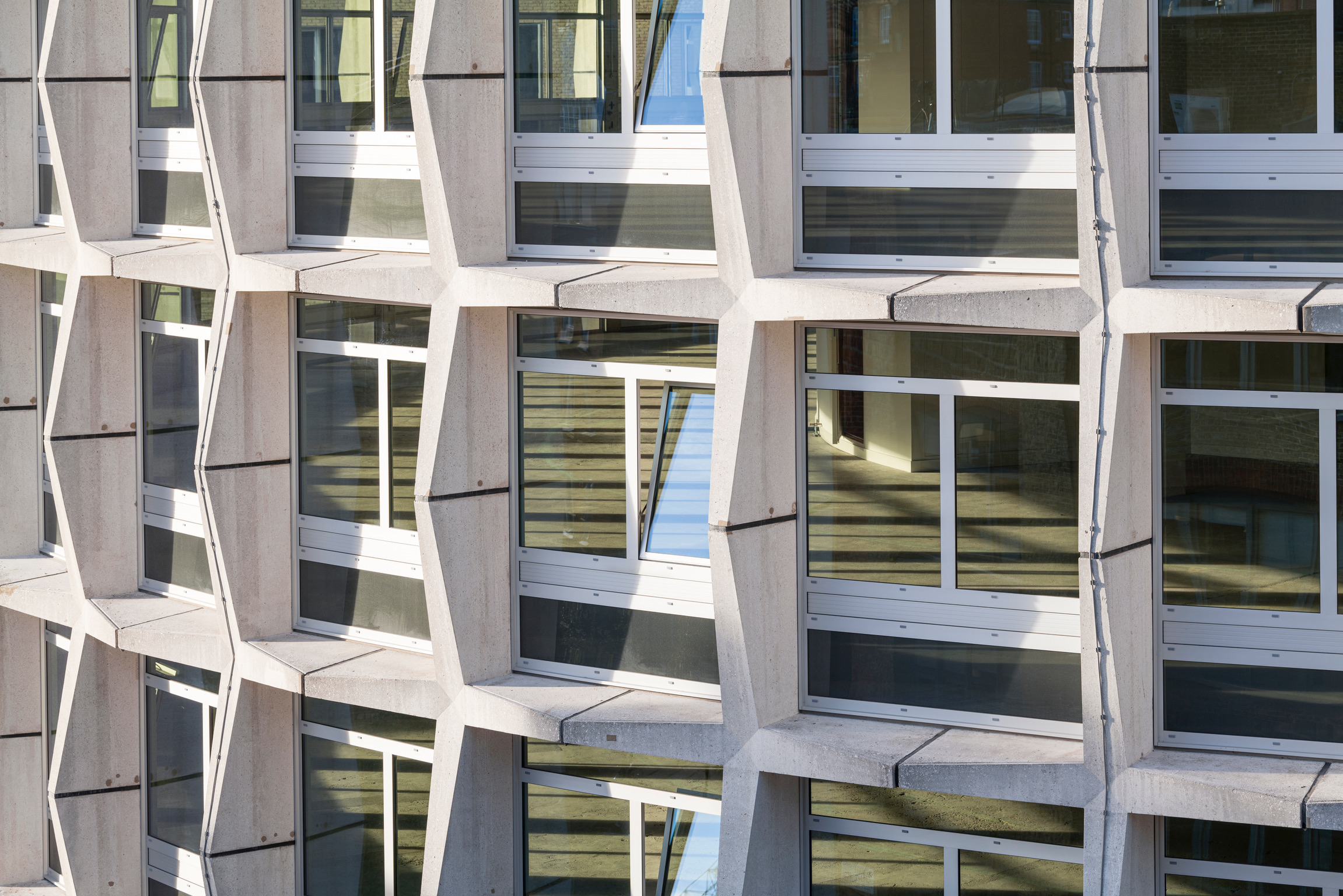 Richard Seifert's London: 'Urban, modern and bombastically brutalist'
Richard Seifert's London: 'Urban, modern and bombastically brutalist'London is full of Richard Seifert buildings, sprinkled with the 20th-century architect's magic and uncompromising style; here, we explore his prolific and, at times, controversial career